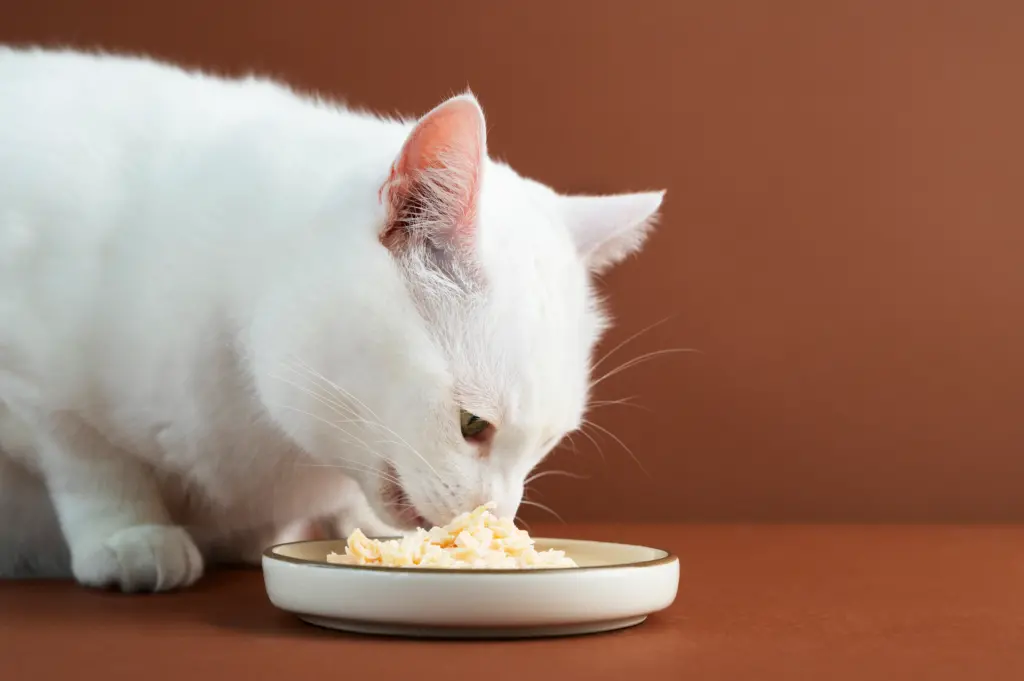Should You Feed Your Pets Hot Food?
Caring for pets requires understanding the right diet and feeding practices tailored to each species. One common question many pet owners ask is: Should you feed your pets hot food? The short answer is no. Below are the reasons why hot food is not suitable for pets and important considerations for the appropriate temperature of their food.
The Impact of Hot Food on a Pet’s Digestive System
The digestive system of pets, particularly dogs and cats, is sensitive to the temperature of their food. Hot food can harm the mucous membranes in their mouth and esophagus. Just like humans, pets can get burned by excessively, but they cannot communicate the discomfort, making it easy for owners to unknowingly cause harm.
a. Mouth and Esophagus Burns
If food is too hot, it can burn your pet’s tongue, mouth, and esophagus. This can result in difficulty eating or drinking for several days and may require veterinary care. Burns in the mouth or throat can lead to inflammation, causing pain and discomfort, as well as reducing the pet’s ability to absorb nutrients.
b. Digestive Disturbances
Hot food can irritate the stomach and intestines, leading to digestive issues like diarrhea, stomach pain, or vomiting. Additionally, extremely food can reduce the quality of nutrients, making it harder for pets to digest and absorb essential vitamins and minerals.

The Ideal Temperature for Pet Food
Although hot food is not suitable, that doesn’t mean pets should be given cold or frozen food. The best option is to serve food at room temperature or slightly warm. Keeping food at a comfortable temperature makes it easier for pets to digest and absorb nutrients.
a. Room Temperature Food
Room temperature food is the safest choice for pets. If you’re reheating food, ensure it cools down before feeding. You can check the food by touching it to make sure it’s not too hot.
b. Slightly Warm Food
Some pets may prefer slightly warm food, especially in colder weather. However, the food should be mildly warm and not exceed 40°C (104°F). You can use a microwave or heat the food in warm water but allow it to cool before serving.
Tips for Safely Reheating Pet Food
If you regularly reheat food for your pet, follow some important guidelines to prevent accidental harm.
a. Avoid Microwaving Pet Food
Microwaving food can heat it unevenly, leaving some parts too hot while others remain cold. This poses a risk if your pet eats the overly hot portion. If you must use a microwave, stir the food thoroughly and check its temperature before serving.
b. Use Safe Heating Methods
The best methods to heat pet food are using a low-temperature oven or a double boiler. These methods heat the food evenly and preserve the nutrients. Always let the food cool naturally to a safe level before offering it to your pet.

Why Hot Food Can Be Dangerous for Pet Health
Beyond immediate risks like burns and digestive upset, hot food can have other long-term negative effects on your pet’s health. Excessive heat can degrade certain nutrients in the food, making it less nutritious for your pet’s growth and well-being.
a. Reduced Nutritional Value
Overheated or repeatedly warmed food can lose key vitamins and minerals, such as vitamin C, B vitamins, and essential amino acids. This can lead to nutrient deficiencies, which can negatively affect your pet’s overall health.
b. Increased Risk of Digestive Diseases
Consistently feeding increases the risk of digestive problems such as gastritis, ulcers, and other gastrointestinal disorders. Pets may also develop food aversion if they associate eating with discomfort or pain due to overly.
Conclusion
Feeding your pet hot food not only presents immediate dangers but can also have long-term negative impacts on their health. Always provide food at room temperature or slightly warm to ensure they enjoy a safe and nutritious diet. Use appropriate reheating methods and check the temperature before feeding. Your pet deserves the best care, and controlling food temperature is an important part of responsible pet ownership.














